
Artist Draws From Mexican Traditions to Explore Memory & Identity
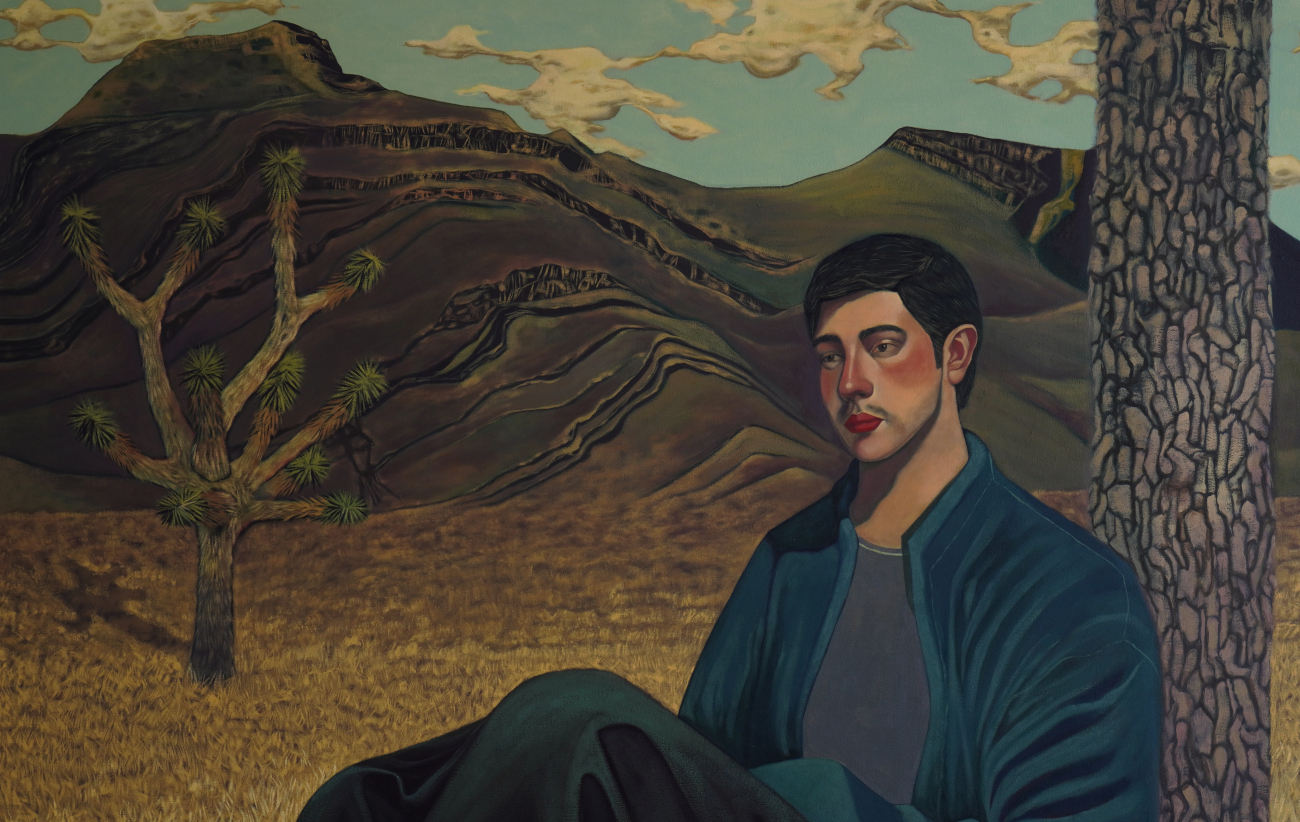

“The sound that spreads between the mountains”, 2024, oil on fabric, 59 x 59 in
In the work of the artist Angel KaminThere is much more than that of the self -image of the painter’s similarity. It was born and raised in northern Mexico, a stronghold of conservative values. On the one hand, they are meditation spaces, carved by the artist himself. On the other hand, they are happy statements that he flourishes and will be loudly – whether society loves her or not.
Cammen’s mother died when he was only eight years old. D mot for itching to reach it and tell it what it is, the artist often turns his paintings into errors. It attaches a picture of how it appears today and also shares important news, such as moving with a partner, or even simple worldly reflections that cross our minds. In this way, art is the only and only communication channel with the Great.
Despite their CV’s load, Cammen plates carry a space for the Queer community. His books are often a mirror. Whether the viewer is afraid to look or like to think, this is up to everyone. But it also provides a beautiful and colorful recognition and space for those who need a place that can be seen, accepted and understood.
Cammen lists Ferida Kazi Diego Rivera as some of its main effects, tends to the bridge to the past and present in Mexican art. Kahlo’s effect on self -photography can be seen face to face, as it occupies an area through the colors and forms of triviality that fills the composition in the sense, while the artist also directs the cry of a battle that does not conform to Mexican murals in the middle of the century.
We have had the opportunity to speak with Cammen about his beginnings, creative operation, and emotional dress for his work. Read on to do the exclusive met met interview.
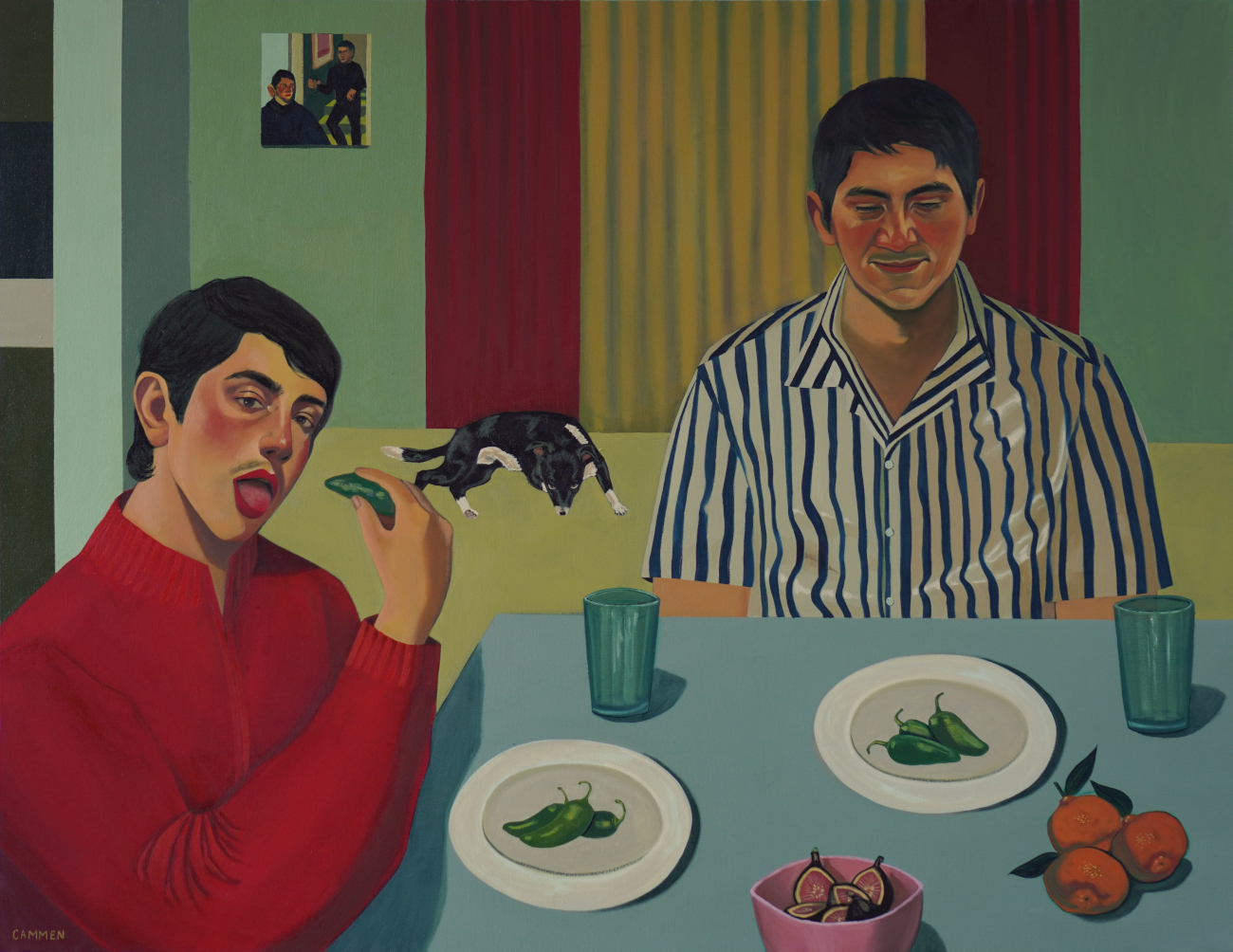

“Men eat Chile”, 2024, oil on fabric, 39.3 x 51.2 in
How did you start drawing?
My start in drawing was related to the magic of color theory, but I have another explanation that I love better. When I was 6 or seven years old, I saw a painting in the diocese of Saint Gregorio Magno, in the town of my grandparents in Zakatikas, Mexico, and I left a great impression on me. I was very curious to find out how someone could create something like that, which is a very beautiful thing because after 20 years, I still have the same curiosity that had a child. Curiosity can take you away.
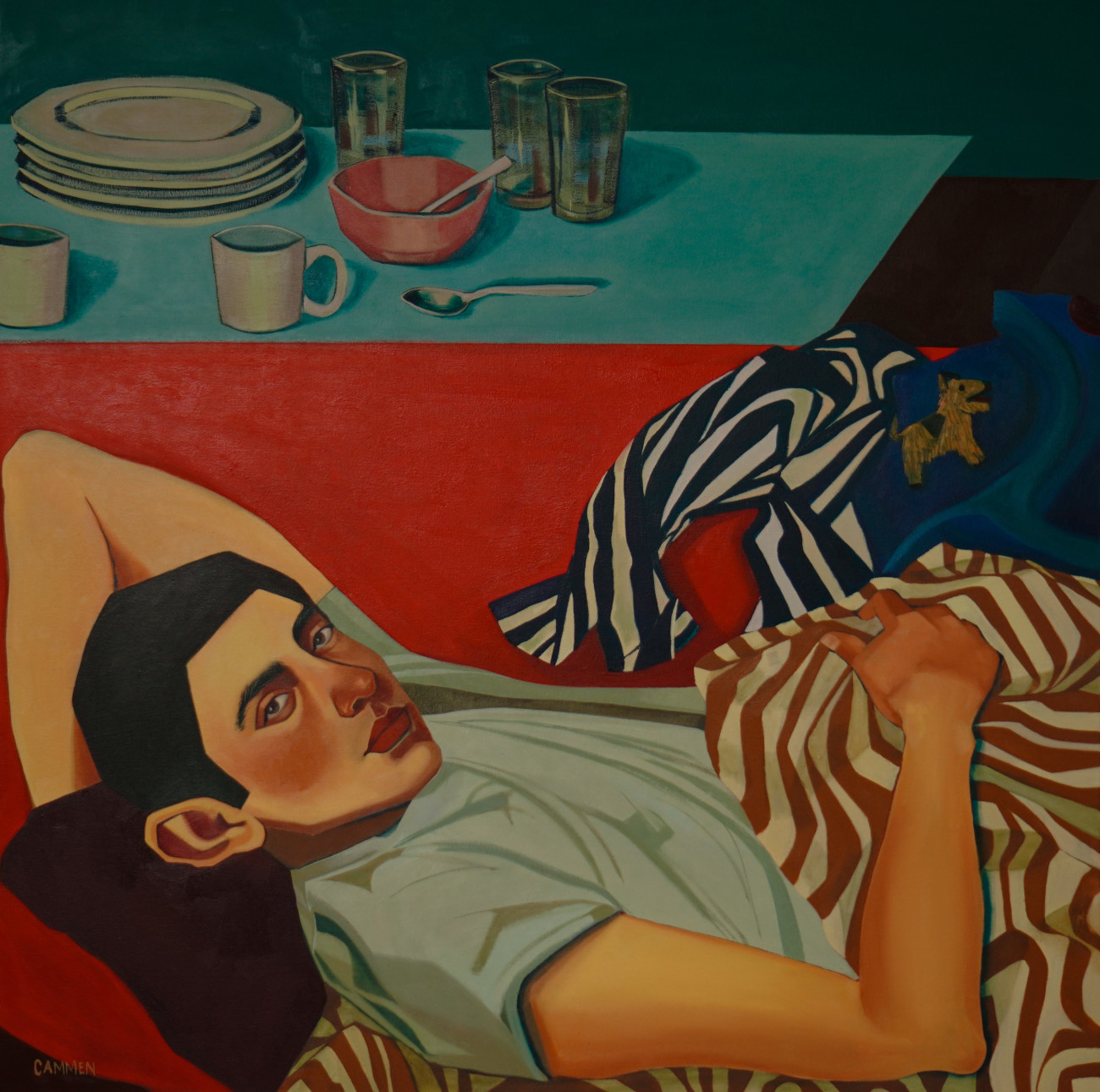

“Red Chair”, 2023, oil on fabric, 39.3 x 39.3 in
How did you develop your personal style?
I remember that I heard an interview where an artist said (I do not remember his name): “Repetition creates recognition”, and this idea was essential for me in the past few years. It is very important for me that my work can be easily recognized. I think my self -image, structures, color painting, and some elements helped me develop my personal style.
Is there any style you feel especially affected?
Yes, I was particularly affected by the Mexican photographic painting, which managed to integrate a strong emotional charge with social, historical and cultural topics. I am inspired by artists like Julio Gallan, Ferida Kaziand Diego RiveraFor example, but not limited to, who used the human number as a means of symbolic and narrow expression. I am interested in how to overcome the photography in Mexican art, acting to communicate with identity and question and communicate with it.
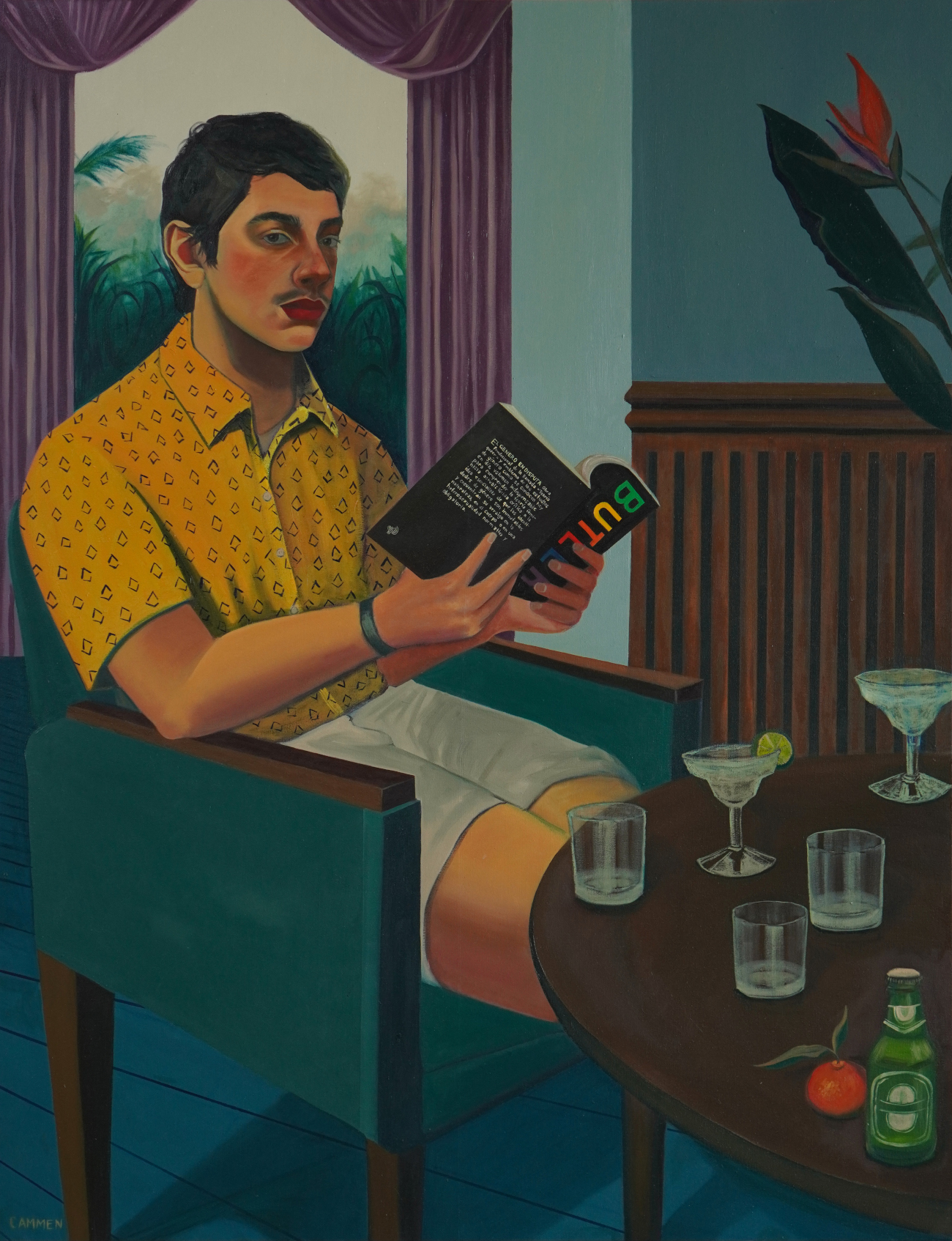

Weights (I did not pay for this), 2023, oil on fabric, 51.2 x 39.3 in
It seems that your work focuses on memory, identity and sex. What role do these motifs and topics play in your practice?
Yes, these topics are in a practical center because they are basic axes of human experience and also for my personal history. The memory allows me to explore intimate and familiar and how the past is our perception of the present. Identity is constantly changing construction, affected by gender and emotional relationships, and I am interested in representing tensions and contradictions. Sexual activity is a vital, complex and political strength, not only like desire, but also as a space of weakness, confirmation and resistance. Together, these issues allow me to work from the biography towards the collective.
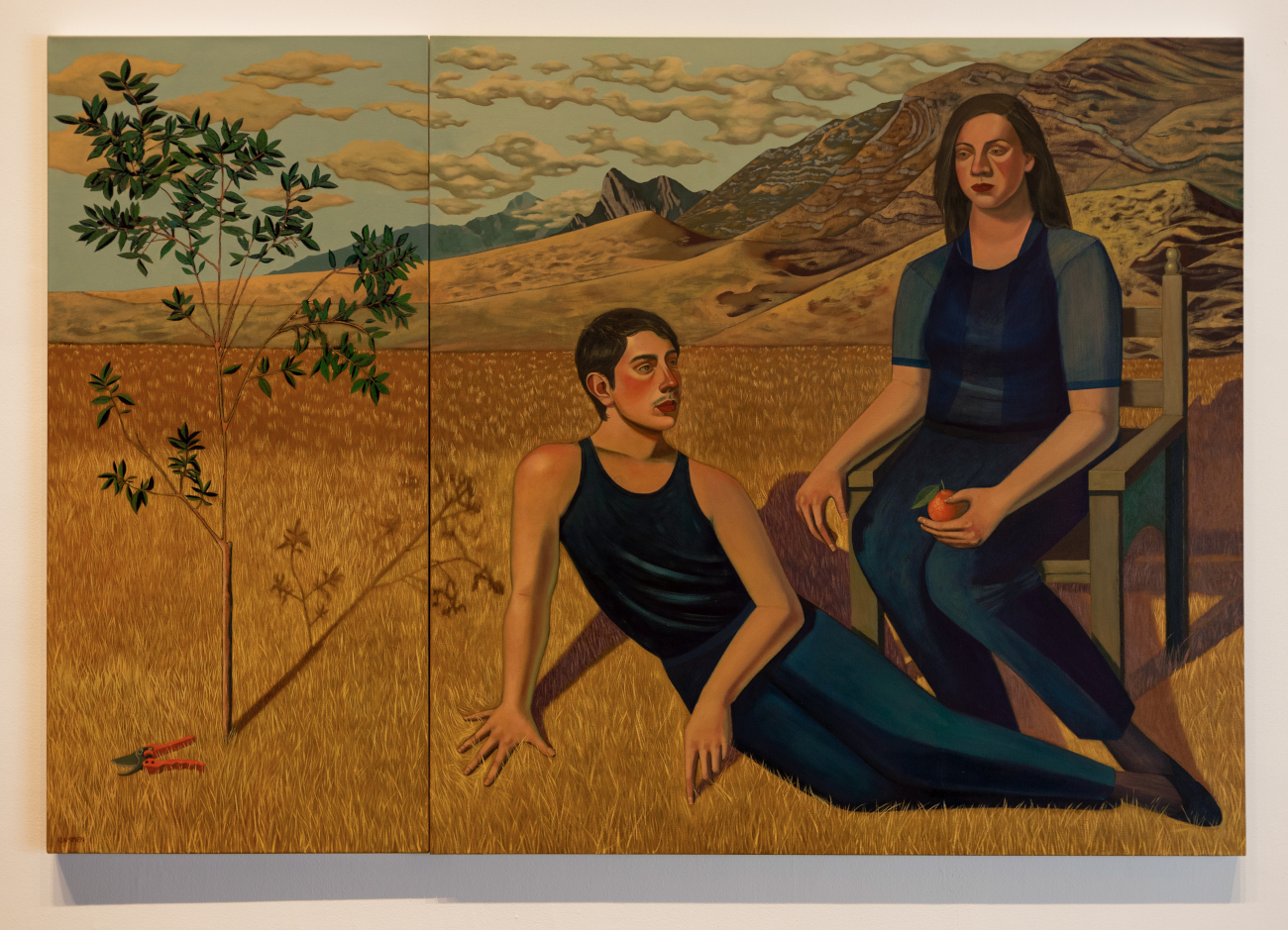

“Understanding pain,” 2024, oil on fabric, 59 x 86.6 inches.
How does your creative process look?
A major part of my work is research and reading, which helps me to put a context and deeper into the topics I eat. I work with family photographic archives as a starting point, I find pictures that inspire me with ideas and emotions. I am not interested in reproducing pictures as they are; The best creation of multiple photos, such as the visual combination that mixes time with bodies and gestures. This way, I build new photos.
Are people in your paintings depend on real people, or are they differences from the same character?
Usually self -photographs, although I sometimes join others. I photographed my relationship with drawing. In some other works, I drew my mother, father or grandmother. For me, the theme of the memory is important because my mother died when I was eight years old, and I do not have many memories or photographs for her. Sometimes I repeat some bodies or situations as a means of insisting on feeling or memory. In this sense, it can be said that they are not pictures, but it is based on the existence of differences in the same number born of reality, but they live in a symbolic emotional space, talking about my mother.
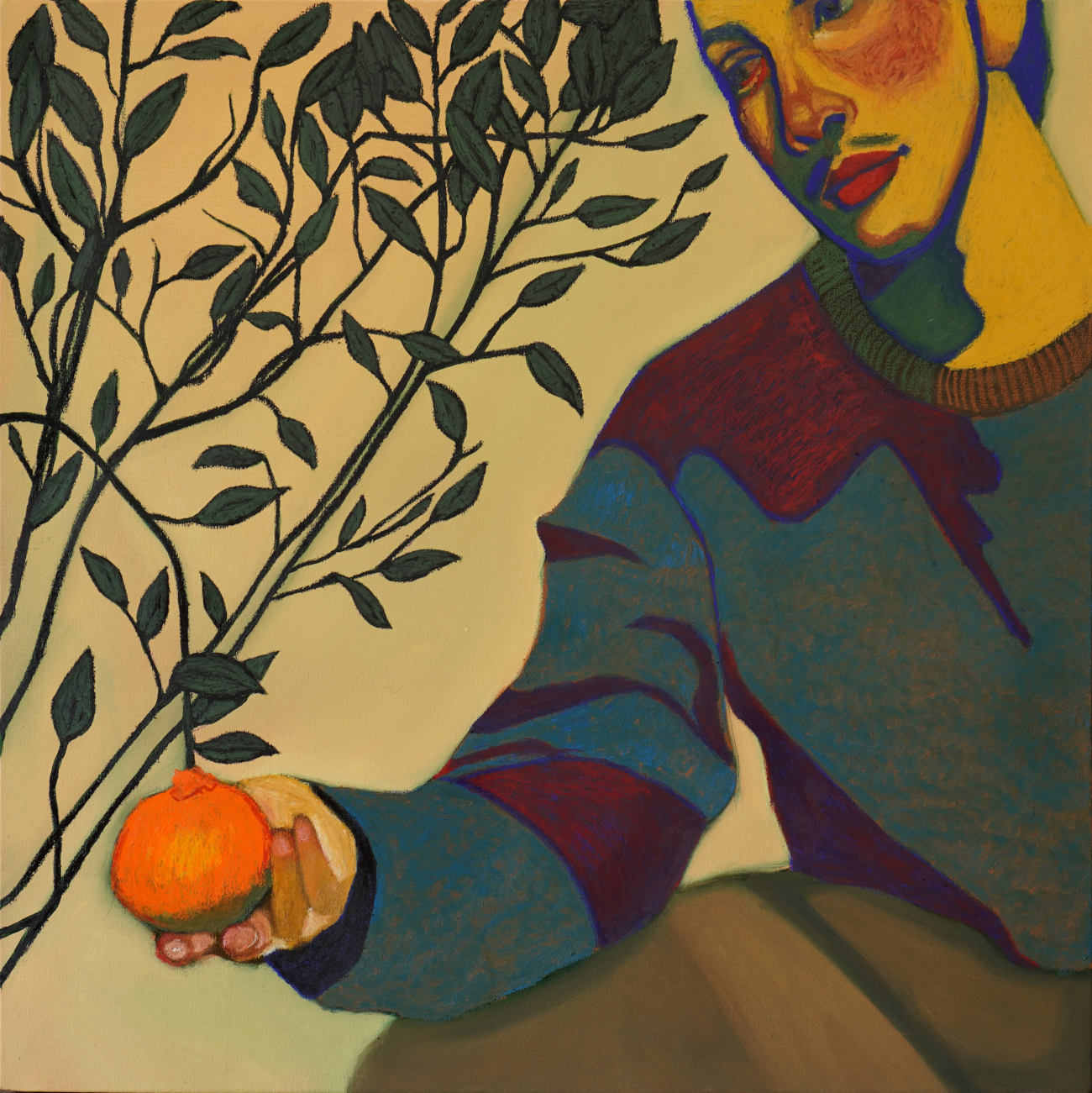

“Mandarína”, 2024, mixed media (pastel oils on fabric), 27.5 x 27.5 in
What do you hope that people will take from your art?
I hope those who approach my work will feel something real, and it awakens memory, forgotten, or a question about who they are or where they came from. I am working of intimacy, which hurts me, moves me, or makes me doubt about it, and I would like this honesty to be reflected in the experience of the viewer. I do not strive to give answers, but to share the search.
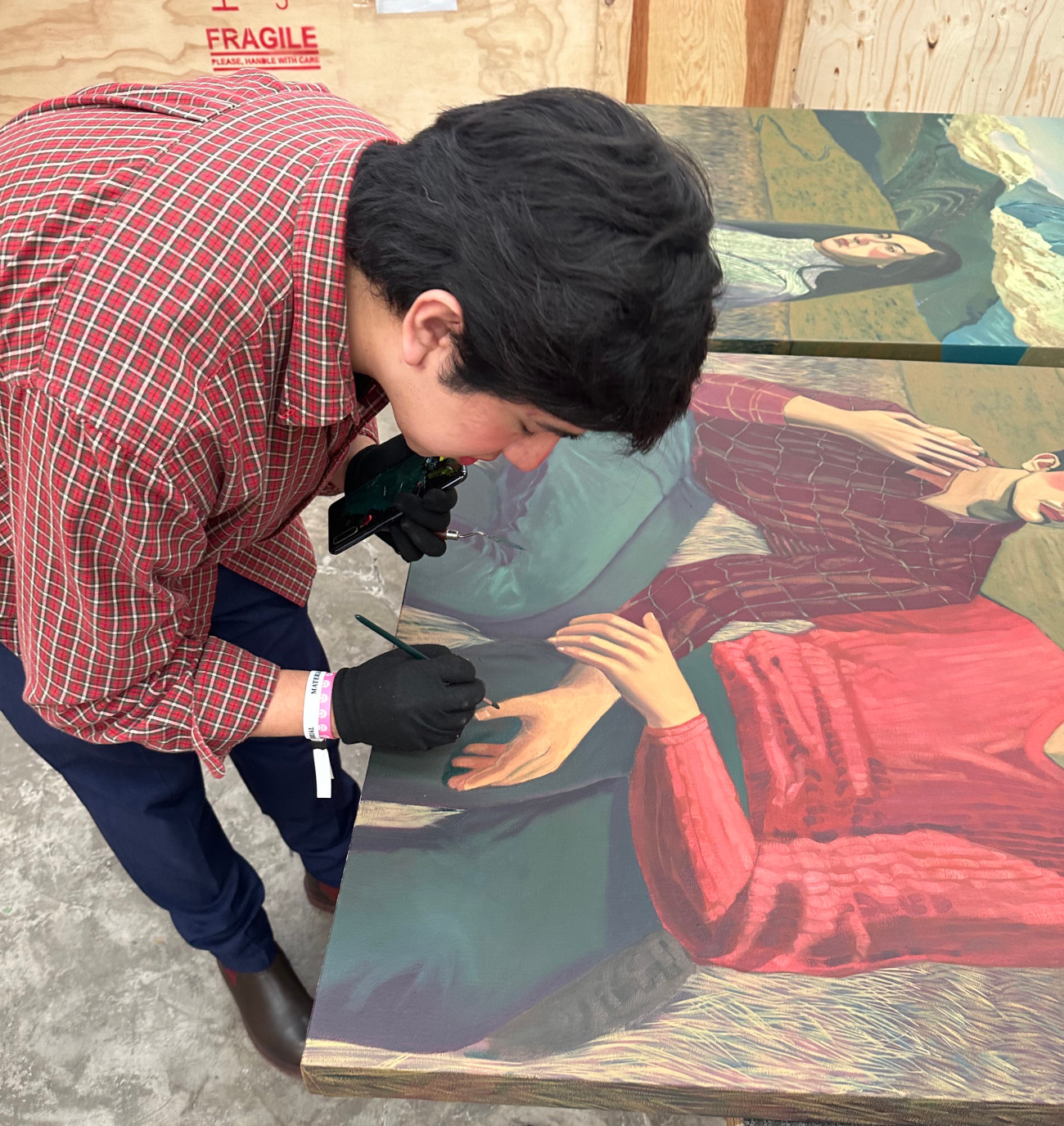

As for courtesy Clarisa Navarro













Post Comment